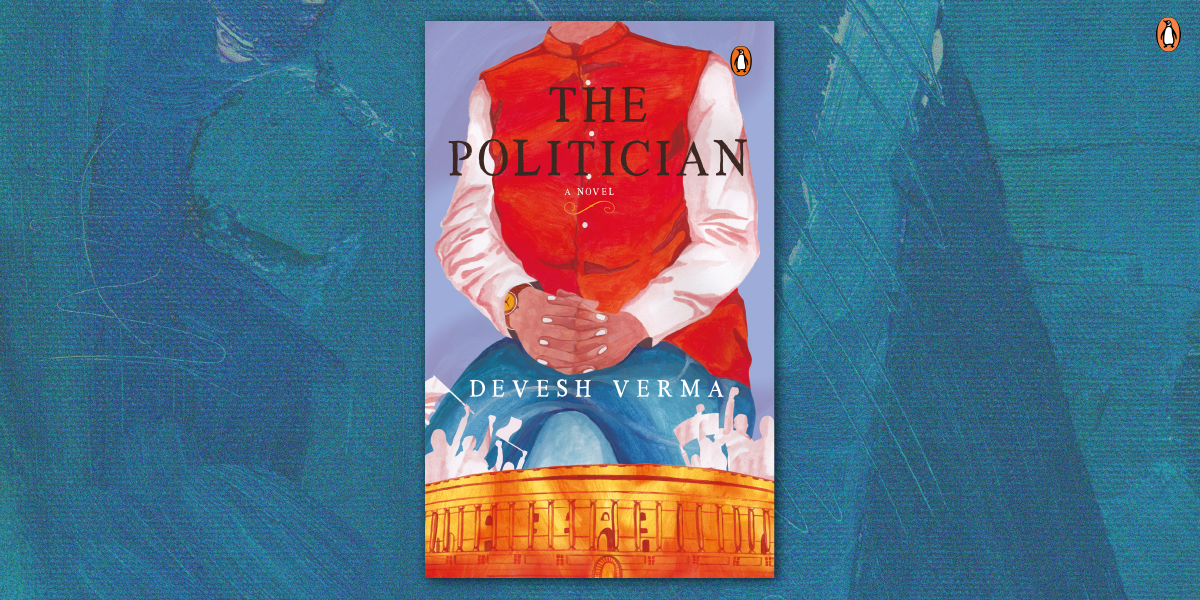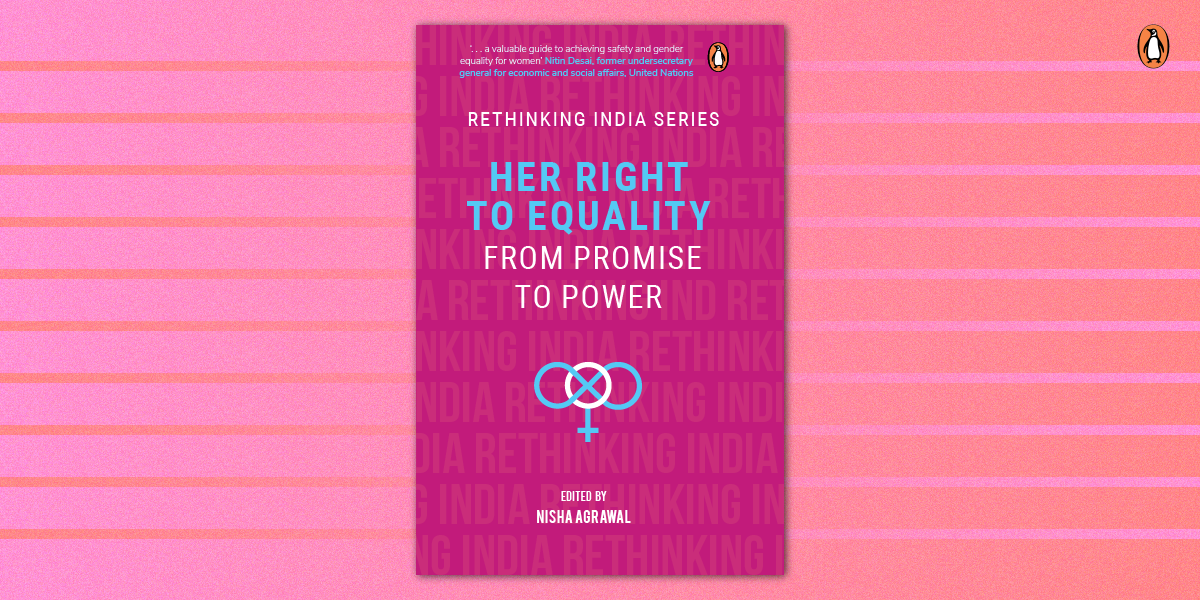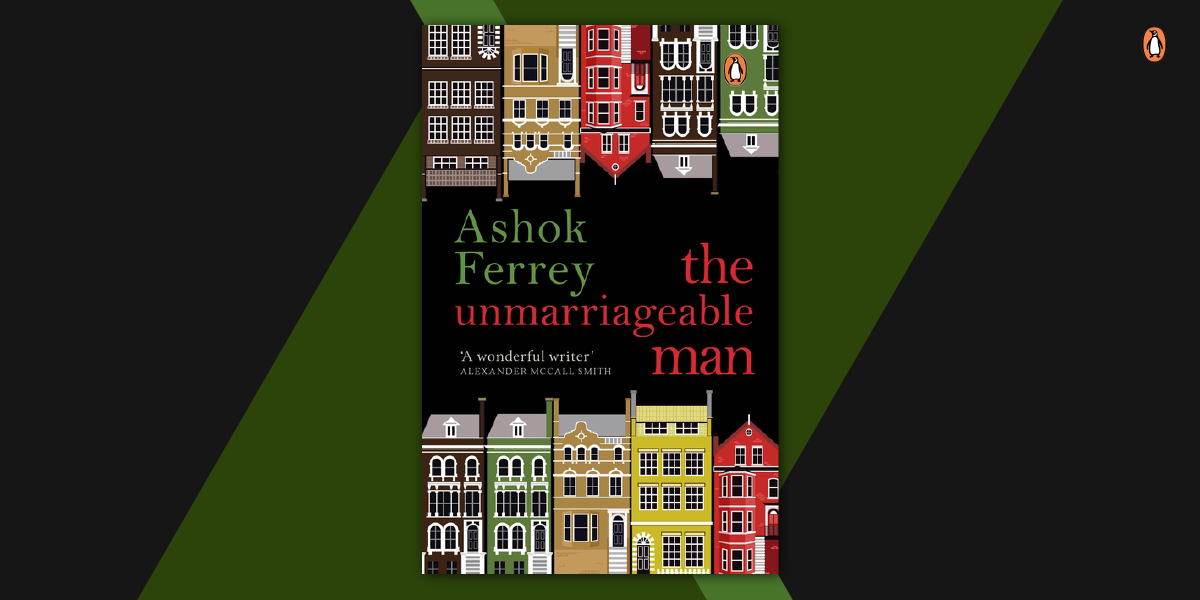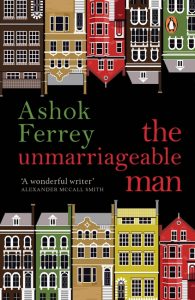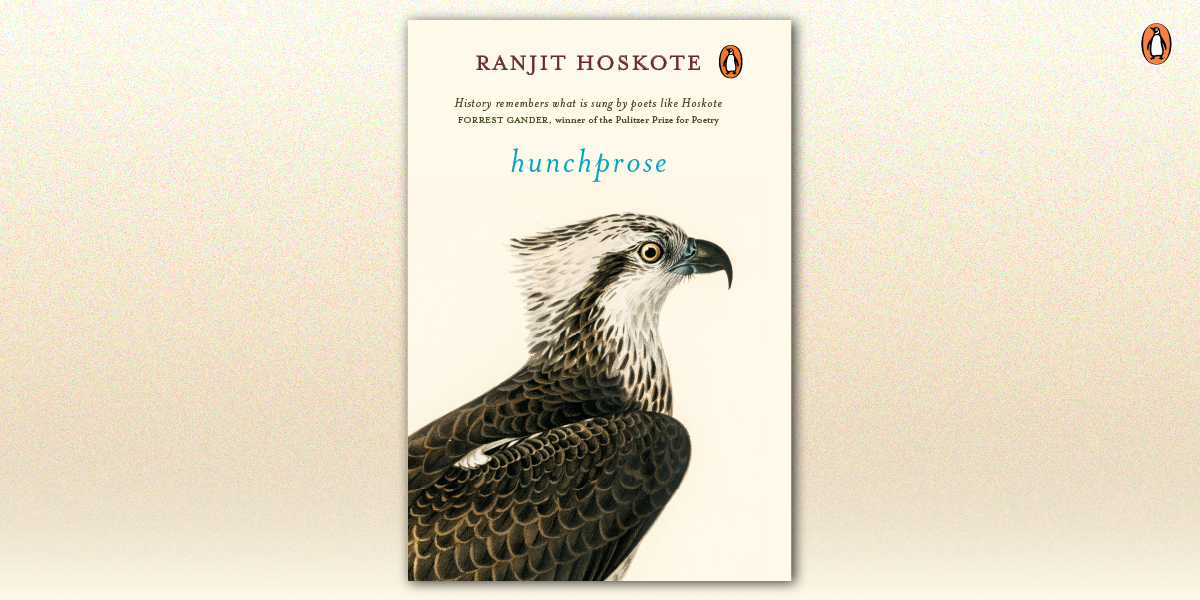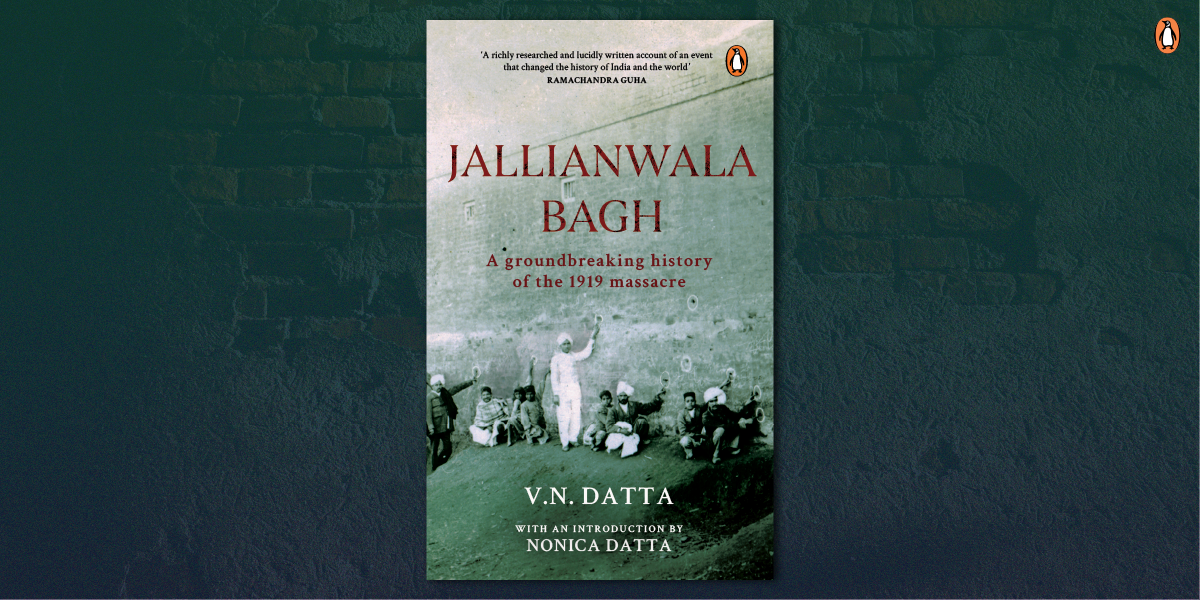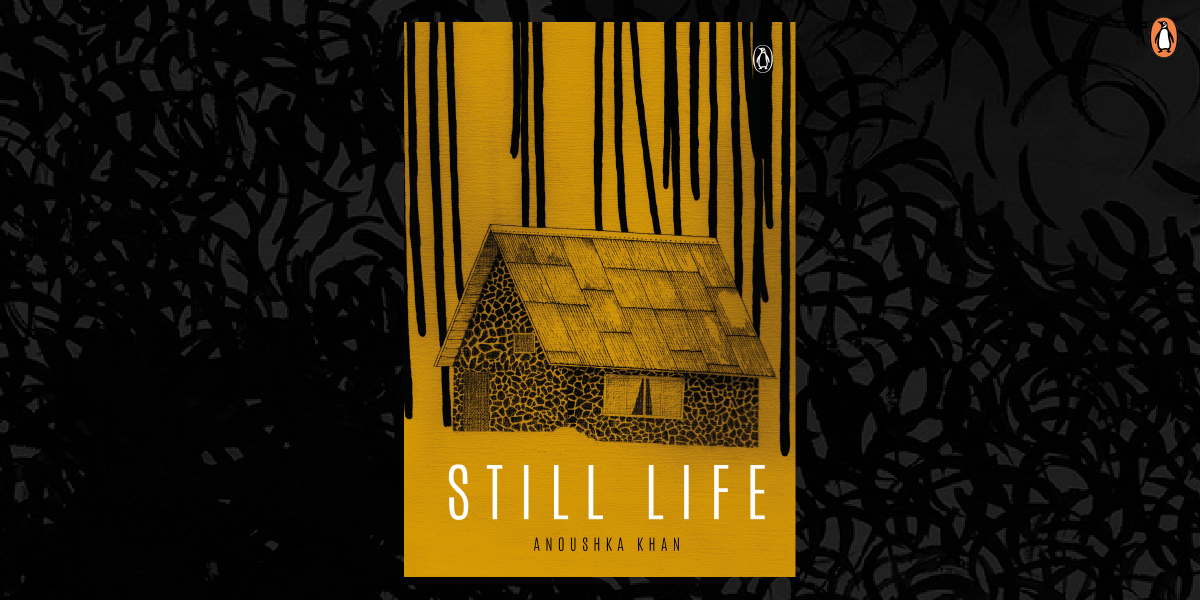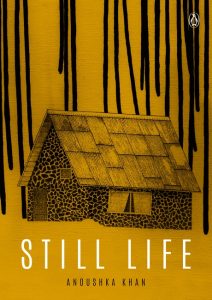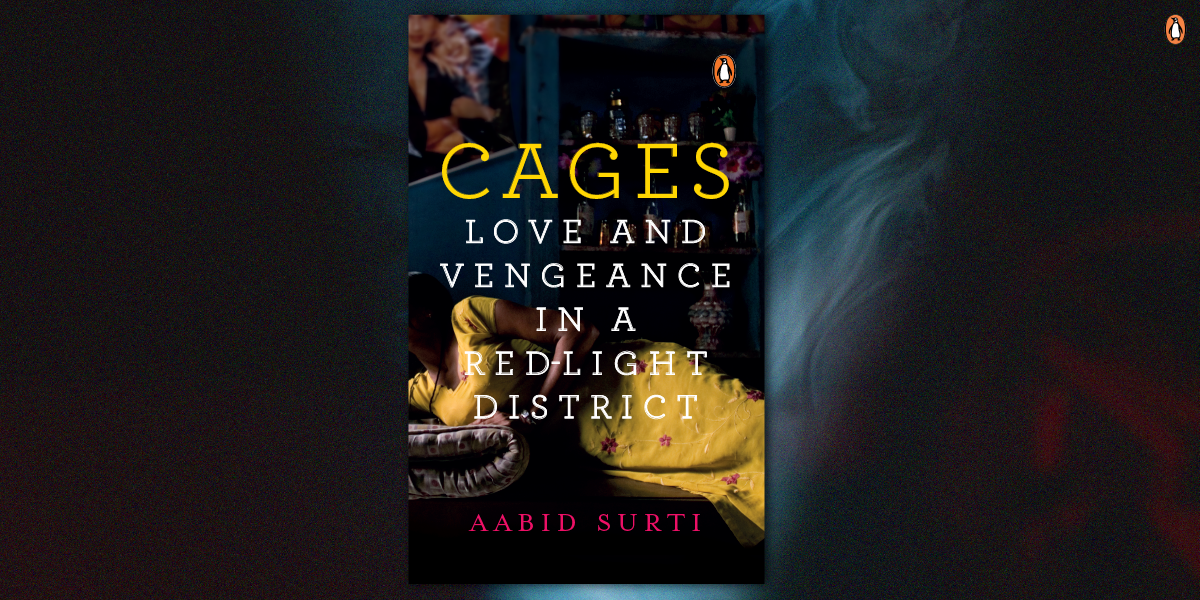Beginning at the peak of Nehruvian era and ending in the early seventies, Devesh Verma’s sharply funny saga The Politician gives an enthralling, evocative view of provincial northern India-once the political heartland of the country-and the ebb and flow of the fortunes of its protagonists.
Ram Mohan is an intrepid and ambitious young man in newly independent India, who refuses to be held down by his humble origins. Spurred on by his diehard optimism, he aims for things usually inaccessible to people of his extraction. However, he soon realizes that without political or bureaucratic power, the idea of a respectable life in India is nothing but pretence.
Ram Mohan’s fascinating character and the darkly comic situations that he is forced to navigate to stay afloat in the tumultuous sea of provincial realpolitik offer some interesting insights.
We have conducted a detailed analysis of his methods to come up with a the ultimate quiz to determine whether you are a Pradeshi Political Player and true inheritor of Ram Mohan’s legacy or if you are a Certified Civilian like the rest of us!
**
If you are ever sidelined by the fickle opinions of your political party at the very inception of your political career, what would you do?
A-Sputter in rage at public meetings
B-Lie low and temporarily focus on an alternate career
That was not without reason. Ram Mohan had an alternate calling to fall back on, which he found equally, if not more, agreeable. Rather he was a trifle relieved. He could now get down to some serious research work with no distraction, though he had not given up on his chances in politics. His apparent stoicism was calculated to help him calmly assess the political ball game while engaged in an academically fulfilling pursuit.
MLK may have considered violence to be the last refuge of the incompetent but sometimes in the heartlands of provincial Uttar Pradesh a certain display of ruthlessness is imperative. Which of these most closely matches your views towards violence?
A-Reject violence in any form
B-Use it strategically, mostly through other people
They all made a dash as Mahavir Wilson had already received several blows. Gulab Singh stopped Ram Mohan and along with his two men fell on the thugs with lathis. Employing violence as starkly as a butcher—allowing no room for dickering—he had become adept in gaining control over situations apparently hazardous. He had long discovered this method to be immensely effective, which made even more powerful adversaries doubtful about their own strength.
Are you capable of displaying Ram Mohan’s incredible verbal and psychological dexterity at handling the inflated egos of pompous personages around you?
A-Never, you are a master at deflating egos and enraging important people
B-Yes, you would absolutely pander to them if it benefitted you eventually
While dealing with a high caste personage, he would use arguments designed to humour; he had already made inroads into the upper-caste consciousness in the area, as he would try to be regarded as their well-wisher. At the election for the posts of village chief, he had ensured Gulab Singh’s victory, which held no surprise as Gulab Singh was Ram Mohan’s friend. But his going all out to support a Brahman candidate for the same position in another village— where the real fight was between a Brahman and a Thakur candidate—earned him some goodwill indeed;
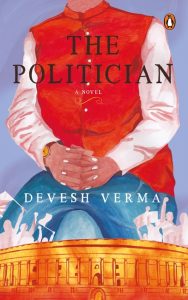
Are you willing to occasionally swallow your pride and opt for a strategic defeat if necessary?
A-No, victory or nothing
B-Patience is the name of the game
In Fatehpur, Ram Mohan would win laurels even in defeat. I mean he’d get his hands on so many votes that Congress would have to take note, which would brighten up his chances in future. They might offer him something else in the bargain.’
Discretion is certainly the better part of valour, and every politician needs spades of it. When handed a significant piece of information what is your first instinct
A-Expound upon it to your worshipping coterie
B-Ensure no leaks occur that can derail your plans
No, it’s important we keep a clear head and be discreet about it for now. What’s more, I’m still chewing it over. As of now I’ve shared it with only three people, you, Saansad ji and Ram Mohan. Let’s keep it that way until after the elections. Because then I’d have some concrete grievance to ground my decision on.
While we all wish we had truly impressive personalities, it’s time for a little honest introspection. Does your personality in any way come close to this stirring description of Ram Mohan’s personality?
A-Not really, I’m mostly quiet
B-Yes, I think I’m a fair match
Ram Mohan had a personality, which did not blend in with the general run of people. His face that radiated profundity in a literary gathering could be like thunder if the occasion warranted; his eyes and words articulating pure menace. He could frighten the life out of a lout.
Upon achieving something you’ve worked long and hard for, which of these actions would be your first instinct?
A-Gloat about it obnoxiously
B-Couch it in terms of benefit to others
Ram Mohan rose and touched Saansad ji’s feet as the latter continued, ‘It’s confirmed. Just the day before yesterday Kapur called and read out all the six names of the Congress candidates for Rajya Sabha. Yours is at number four. And I feel doubly joyous. Firstly, because I have been able to do something for you; secondly, I may not be in her inner circle but now I know Indira ji values my opinion.’
—
RESULTS!
Mostly As-Certified Civilian. Enjoy your unproblematic life!
Mostly Bs-Pradeshi Political Player. Ram Mohan anoints you his heir!







